Kathmandu-Nepal is set to host the 6th Asian Population Association (APA) Conference, from November 27 to 30, 2024. The conference, which brings together academics, researchers, and policymakers from across Asia, as per the experts, presents a unique opportunity for Nepal to advance its population policy framework and present its growing capabilities in demographic research.
Dr. Bal Kumar KC, a pioneer in population studies in Nepal and the founding head of the Central Department of Population Studies, expressed his pride in the department’s role in organizing this international event. “This is a golden opportunity for Nepal to align its national population policy with global trends,” he said, noting the participation of over 400 delegates presenting selected abstracts from thousands of submissions. Dr. KC will chair the “Nepal Special Session” focusing on Nepal’s population dynamics which as per KC is a critical topic for future policy development.

The conference will delve into themes such as fertility, migration, and demographic education, with significant implications for Nepal’s development trajectory. KC highlighted the transformative insights from the selected research papers to be presented in the conference, addressing issues like non-communicable diseases, reproductive health, and climate change.
He also pointed to Nepal’s recent demographic shift where male to female ratio is declining caused by large-scale migration. There is a heavy reliance of Nepal’s economy on remittances, which sustain families and fund education. But, it also poses some challenges.
“More than six million Nepalese, primarily aged 20 to 50, are working abroad. This trend has reshaped our population structure, with 92 males for every 100 females as per the 2021 census,” said KC. Adding on..:
However, he also raised concerns about the declining population growth rate. According to the 2012 report, the total population stood at 29.1 million, reflecting an increase of 10.1 million from the 26.4 million recorded in the 2011 census. Despite this growth, the average annual growth rate has slowed to 0.93 percent as of 2021, lower than the 1.35 percent growth rate reported in the 2011 census. “This decline in growth rate, coupled with ongoing migration trends, could potentially lead to a population decline by the 2031 census if current patterns continue,” he added
A recurring challenge in Nepal has been the marginalization of population issues in policy-making. KC emphasized the urgent need to update the National Population Policy, noting that while Nepal has its first-ever National Population Policy endorsed by the Cabinet, it has remained stagnant despite evolving challenges like climate change, migration, and employment disparities.
“This conference is a wake-up call for government officials to prioritize population management. The discourse will encourage the government to revise and implement policies addressing gender equality, job creation, and the needs of marginalized communities” he said.
The event also serves as a platform for academic collaboration and networking within the region. With participants from countries like India, China, Bhutan, and Sri Lanka, the conference will produce a comprehensive report, including abstracts of all 400 papers. These materials promise to enrich teaching and research in population studies, both in Nepal and internationally.
Dr. KC, an influential figure in population studies, has supervised 16 Nepalese PhD candidates and spearheaded numerous research initiatives. He played an important role in establishing the Central Department of Population Studies with the support of the United Nations Population Fund in 1996. As a former Dean of the Faculty of Humanities and Social Sciences, his contributions continue to shape Nepal’s academic and policy landscape in demography.
By Aadesh Thapa

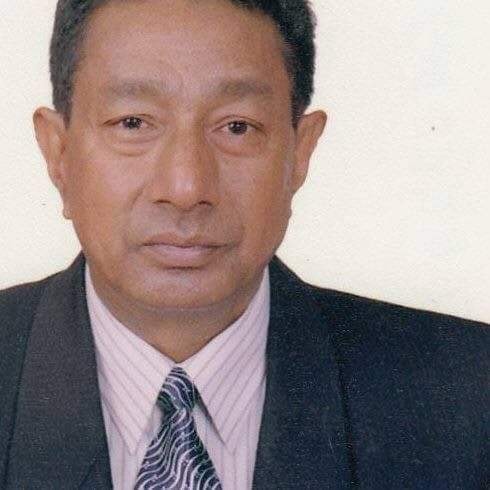





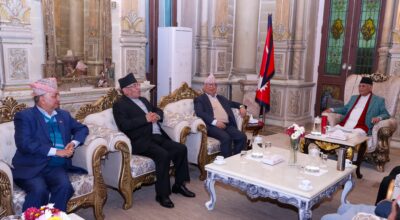
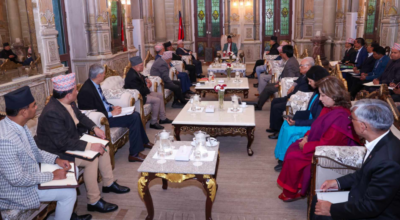
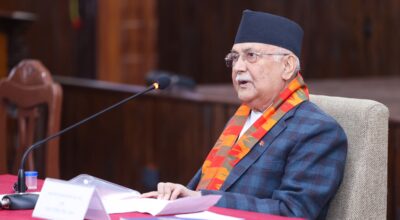
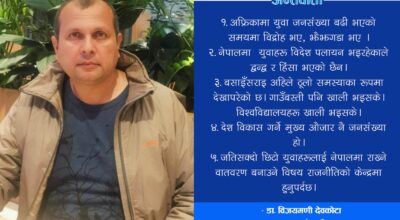
प्रतिक्रिया